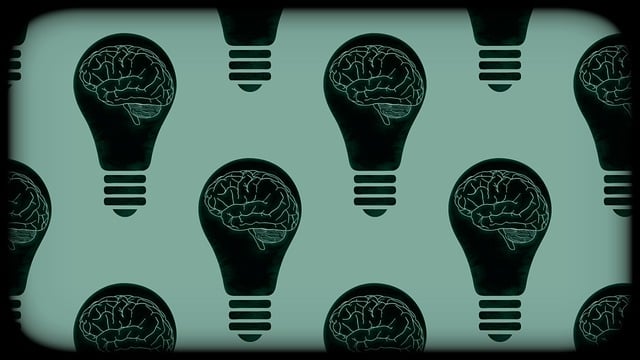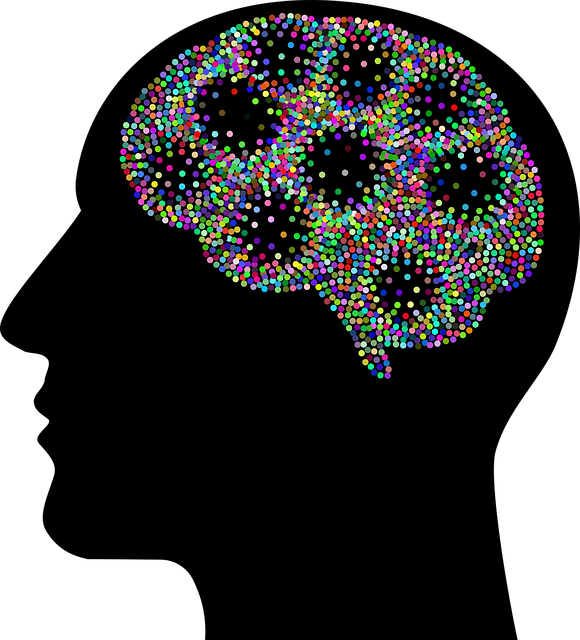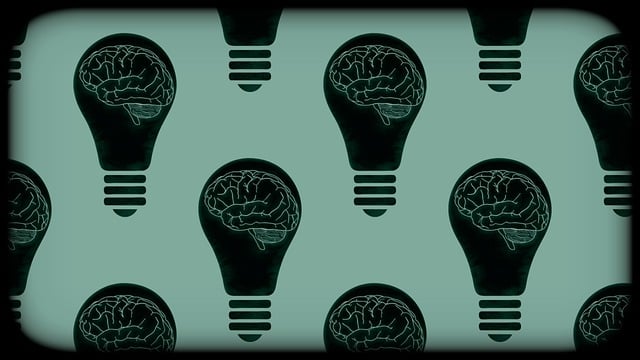Children's Adjustment Disorder (CAD), caused by trauma or stress, requires early intervention through crisis guidance, self-care, and mental wellness journaling. Public awareness campaigns play a vital role in destigmatizing CAD, encouraging help-seeking, and promoting therapy as a key solution. These campaigns use creative content, real-life stories, and digital tools to reach diverse audiences, emphasizing the importance of early support for children's mental health. Measuring success involves assessing community engagement, behavioral changes, and utilization of trauma support services, ensuring tailored care and compassionate responses for kids with CAD.
Public awareness campaigns play a pivotal role in addressing mental health issues, especially Children’s Adjustment Disorder (CAD), a growing concern worldwide. This article explores strategies to enhance public understanding of CAD and its impact on young lives. We delve into the power of advocacy, effective messaging, media engagement, and digital platform utilization to raise awareness.
By examining these aspects, we aim to emphasize the importance of therapy and support for CAD, ultimately fostering a more informed and engaged community.
- Understanding Children's Adjustment Disorder: A Growing Concern
- The Role of Public Awareness in Mental Health Advocacy
- Designing Effective Campaign Messages and Strategies
- Leveraging Media and Digital Platforms for Maximum Reach
- Measuring Success and Evaluating Impact on Community Engagement
Understanding Children's Adjustment Disorder: A Growing Concern

Children’s Adjustment Disorder (CAD) is a growing concern in modern society, with an increasing number of young individuals diagnosed each year. This disorder often arises from traumatic or stressful events, affecting a child’s ability to cope and adjust emotionally. CAD can manifest in various ways, including severe anxiety, depression, irritability, and even aggression. As such, it’s crucial to recognize the signs and provide appropriate therapy for Children Adjustment Disorder.
Early intervention is key to helping children manage their symptoms effectively. Crisis intervention guidance, self-care practices, and mental wellness journaling exercises can all play a vital role in supporting young minds. By integrating these strategies into therapeutic approaches, professionals can empower children to develop healthy coping mechanisms, enhance resilience, and promote overall mental wellness.
The Role of Public Awareness in Mental Health Advocacy

Public awareness campaigns play a pivotal role in shaping societal perceptions about mental health issues, including conditions like Children Adjustment Disorder (CAD). By shedding light on the nuances of CAD and related challenges, these campaigns foster empathy, reduce stigma, and encourage help-seeking behaviors among parents and caregivers. They act as a catalyst for initiating conversations around emotional well-being, ensuring that children facing adjustment difficulties receive the necessary therapy and support.
Through creative storytelling, educational resources, and Crisis Intervention Guidance, awareness initiatives educate the public about the significance of early intervention in CAD management. This includes highlighting effective mood management strategies and promoting understanding of the emotional healing processes inherent in therapy for Children Adjustment Disorder. Such efforts empower communities to recognize signs, offer support, and advocate for evidence-based interventions, ultimately contributing to improved mental health outcomes for young individuals.
Designing Effective Campaign Messages and Strategies

Creating impactful public awareness campaigns requires careful consideration of the message and strategies employed. When addressing sensitive topics like Children Adjustment Disorder (CAD), it’s crucial to design content that is both informative and relatable. The key lies in simplifying complex issues while emphasizing the availability of support systems, such as therapy and mental wellness coaching programs. By presenting emotional healing processes in an accessible manner, campaigns can encourage open conversations around CAD.
Effective communication strategies should be tailored to reach diverse audiences. This might involve employing various media formats, from engaging videos to informative articles, to cater to different learning styles. The goal is to destigmatize mental health issues and inspire action, ultimately fostering a supportive environment for children navigating adjustment disorders. Incorporating real-life stories and success cases can add depth and encourage individuals to seek the help they need.
Leveraging Media and Digital Platforms for Maximum Reach

In today’s digital era, leveraging media and digital platforms is paramount for public awareness campaigns, especially those targeting therapy for children with adjustment disorders. Social media, online forums, and dedicated apps offer unparalleled reach and engagement opportunities, enabling mental health advocates to connect with diverse audiences. By crafting compelling content that incorporates coping skills development and highlights the importance of early intervention, these platforms can dispel myths and reduce stigma surrounding childhood mental health issues.
Digital tools also facilitate the expansion of mental wellness coaching programs development, allowing professionals to conduct risk assessments remotely and offer tailored support. This not only amplifies access to care but also ensures that children and their families receive timely interventions. As previously mentioned, effective campaigns must consider both the broad reach of digital platforms and the specific needs of communities struggling with adjustment disorders, ultimately fostering a more inclusive and supportive environment for mental wellness.
Measuring Success and Evaluating Impact on Community Engagement

Measuring success and evaluating impact are pivotal aspects of public awareness campaigns, especially when addressing sensitive issues like Children Adjustment Disorder (CAD). The effectiveness of such initiatives can be gauged by examining community engagement and behavioral changes. Well-designed surveys, focus groups, and interviews can provide valuable insights into how individuals perceive the campaign messages and whether it has encouraged them to seek help or adopt more supportive attitudes towards children struggling with CAD.
By integrating Self-Awareness Exercises and Crisis Intervention Guidance within the campaign, organizers can assess if these components have enhanced community members’ understanding of trauma and its effects. Additionally, tracking the utilization of Trauma Support Services post-campaign can serve as a robust indicator of its success in fostering a more compassionate and responsive environment for children affected by CAD.
Public awareness campaigns play a pivotal role in addressing mental health issues like Children’s Adjustment Disorder (CAD). By leveraging various media platforms and digital tools, we can effectively disseminate information on CAD symptoms, available therapies such as cognitive-behavioral therapy, and support resources. Through strategic messaging and community engagement, these campaigns not only raise awareness but also encourage early intervention and reduce stigma. Measuring the impact of these initiatives is crucial for understanding their effectiveness in fostering a more supportive environment for children struggling with CAD.














